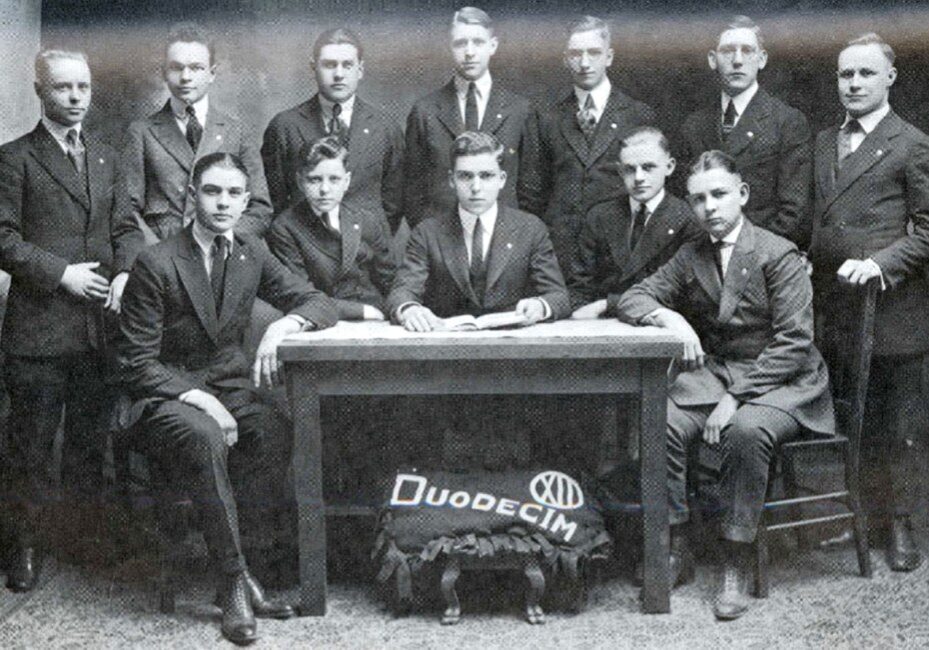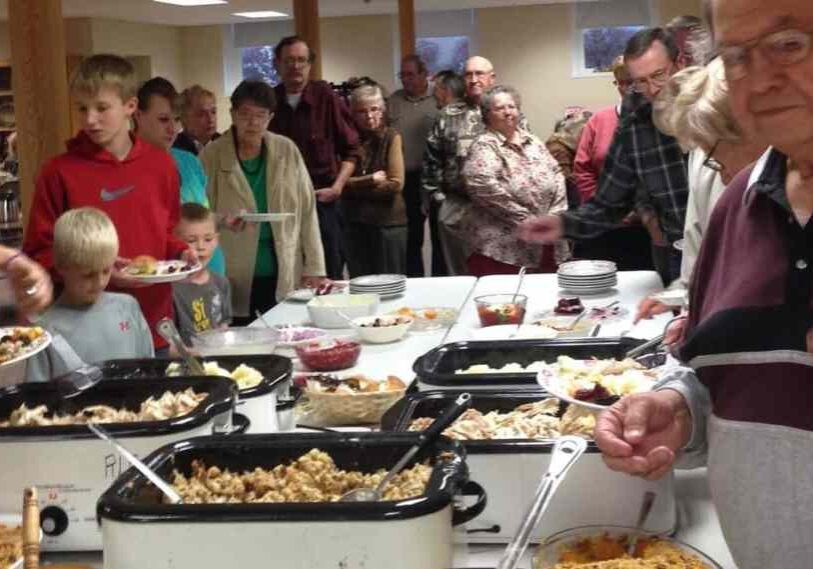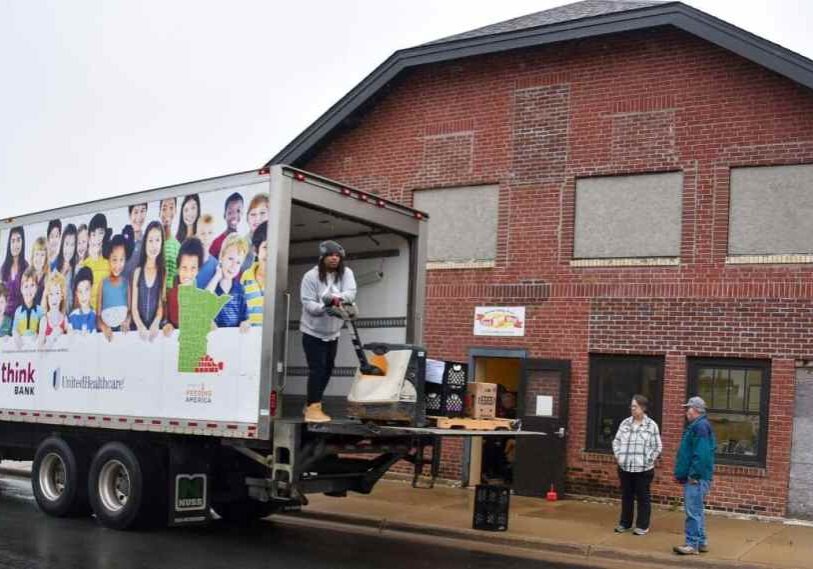The Final Decision: Choosing Natural Green Burial
“After our first breath, there is one universal guarantee: there will be a last.”

FILLMORE COUNTY – Last year my dear, dear friend Ray died after living with many serious challenges. Then Tricia, my friend of over 50 years, ended her life after living a decade with intense, relentless pain.
This was my wake-up call — time to address important life decisions that are best made in advance, with no pressure. My husband, Joe, and I updated our medical directives and our wills, then faced the question, “What to do with our most precious possession – our bodies?”
As environmentalists, we’ve done our best to minimize our carbon footprint and we want this to continue after our deaths. We’re planning to choose a more natural burial that simply returns our bodies to the Earth through a practice known as “natural organic reduction” or “green burial”.
Communities across the United States and, even right here closer to home in Chatfield, are accepting this less toxic burial practice and this article explains how it all works.

Family and friends carry a loved one wrapped in a shroud to their final resting place at Heritage Acres in Cincinnati, OH. (Photo by Donelle Dreese, provided by Conservation Burial Alliance)
Traditional burial methods are costly ranging from $2,000 for cremation all the way up to $25,000 for in-ground burial with a coffin and cement vault. All of these methods rely on toxic chemicals such as Formaldehyde for embalming; fossil fuels or water for cremation; and resources such as heavy metals or wood for ornate coffins. These chemicals and resource uses have a long-lasting and negative impact on the environment.
Yet, families in the midst of grief and uncertainty must make these important decisions with very little time to research or inform themselves because the law requires that a body be buried within 72 hours of death or be embalmed or cremated. This is why it’s so important to have a green burial plan in place long before it’s needed.
An environmentally friendly choice that’s also more affordable
Natural Organic Reduction can mean many things and changes with the environment where the body is placed. A composting burial process contains the body in an enclosed environment that will slowly transform it into mulch which can then be used for a memorial planting.
Other methods of this type of burial include above-ground entombment in a mausoleum for mummification, coral reef burial, sky burial, sea burial, tree burial, or freeze-dried burial.

A biodegradable, wooden coffin is ready to be lowered into the ground at Bluestem Cemetery in Cedar Grove, NC. (Photo by Kallyn Boemer, provided by Conservation Burial Alliance)
Likely the most accessible and affordable is green burial where an unembalmed body is placed directly in the earth to decompose naturally. The body is placed in a shroud made of natural fibers or in a biodegradable container and then placed in a 3- to 4-foot grave to allow microbial decomposition activity which will eventually enrich the earth with nutrients.
After exploring our options, Joe and I have decided on a green burial. It is zero waste. No unpleasant aspiration of the body. No chemicals. No vaults. No cement.
Flowers, grass, and trees make for a peaceful resting place
Natural burial grounds forbid embalming and non-degradable chemicals and must have a site-planning survey staking the plots and deed restriction to maintain these areas in perpetuity. GPS coordinates are typically used to document burial sites. Memorials can be flat wooden plaques, a named rock, or by planting a sapling that will take root.
In many communities, natural burial sites function as green spaces, public parks, prairies, and forests. A natural burial site outside of Madison, Wisconsin, charges a fee of $2,500 to acquire and impact long-term land use, restore soil and its native habitat, and save endangered species.

A wooded hill in spring bloom frames the low hill on the western edge of the Chatfield Catholic Cemetery green burial area. (Photo by Julie Fryer)
Expansion on hold for now, but expanding in 2025
Green burials are currently legal in Minnesota (per local zoning guidelines) but only in established cemeteries with a history of green burials; Fillmore County Planning and Zoning, for instance, has no rules that either allow or disallow green burial.
The Chatfield Catholic Cemetery recently added its own natural burial area on the western edge of the cemetery. This beautiful plot of land, adjacent to the existing cemetery, overlooks a wooded valley and is already dotted with natural wildflowers and grasses.

Wildflowers and tall prairie grasses cover the green burial area, and a pink flag marks the edge of this section at Chatfield Catholic Cemetery. (Photo by Julie Fryer)
The 2024 Minnesota Legislature adopted several updates and changes regarding natural burials as part of its “omnibus bill” passed on May 19, 2024. This legislation, implementing guidelines for natural organic burials, takes effect July 1, 2025. The upshot of this new legislation is that “natural organic burials” will be more widely available in the years to come.
These legislative changes are detailed in the 2024 HF5247 Conference Committee Report (omnibus bill PDF available here), Article 58, Sections 21-51 (beginning with page1062.8). For reference, existing Minnesota state law regarding burials is included in Minnesota Statutes Chapter 149A — Mortuary Science; Disposition Of Dead Bodies.
How to plan for a green burial
If you’re interested in natural burial, contact your local funeral home director, your county planning and zoning board, or talk with your church’s cemetery board members. Be sure to express your wishes to your family and have a plan in place because of the 72-hour rule required for natural burials.

A ray of sunlight sparkles over the valley and shines down on the peaceful resting place at Chatfield Catholic Cemetery. (Photo by Julie Fryer)
Most funeral homes can work with you to be prepared. Once your loved one has passed, your funeral director or coroner can help you obtain a death certificate and a burial permit. When a funeral home is involved, they can release the body back to be transported to the burial site.
Dealing with one of life’s most difficult realities has made my life even more precious. I pause longer to witness the budding trees and to listen to bird song.
I take more time to treasure family and friends.
It has enhanced my love of life in my precious body.
The Green Burial Council (GBC), an independent, tax-exempt, nonprofit organization founded in 2005 aims to encourage sustainability in the interment industry and use burial as a means of ecological restoration and landscape conservation. It established the nation’s first certifiable standards for cemeteries, funeral providers, burial product manufacturers, and cremation facilities. The Conservation Burial Alliance is a collaborative of conservation burial grounds and invested allies that fosters the conservation and sustainable management of land with natural burial for the benefit of people and the planet. Life After Life is a nationwide green provider that focuses on habitat restoration in urban areas.To Learn More…






